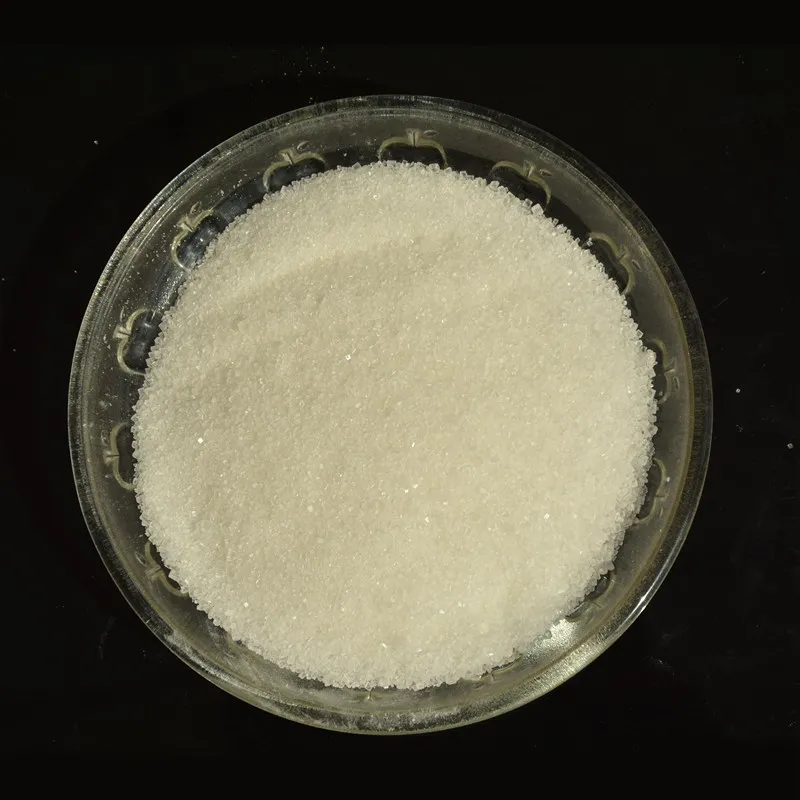
Aug . 12, 2024 17:16 Back to list
Optimal NPK Fertilizer Blend for 2023 with Sulfur and Zinc Enhancements for Plant Growth
Understanding NPK Fertilizer 23-10-5 + 6S + Zn A Comprehensive Guide
In modern agriculture, the use of fertilizers plays a critical role in enhancing crop yields and ensuring sustainable farming practices. One of the formulations that have gained prominence in recent years is NPK 23-10-5 + 6S + Zn. This fertilizer blend is designed to provide essential nutrients to plants, promoting healthy growth and maximizing productivity. In this article, we will delve into the components of this fertilizer, its benefits, and best application practices.
What is NPK Fertilizer?
NPK refers to the three primary nutrients that are vital for plant growth Nitrogen (N), Phosphorus (P), and Potassium (K). Each component serves a unique function in plant development
- Nitrogen (N) Essential for vegetative growth, nitrogen influences leaf development and overall plant vigor. It is a critical component of chlorophyll, which is necessary for photosynthesis. - Phosphorus (P) This nutrient is crucial for energy transfer and is involved in root development, flowering, and fruiting. Phosphorus enhances the plant's ability to absorb other nutrients and plays a vital role in the production of DNA and RNA.
- Potassium (K) Potassium is pivotal in regulating water uptake and improving drought resistance. It helps strengthen plant cell walls and contributes to overall resilience against pests and diseases.
The Significance of 23-10-5 + 6S + Zn
The numbers in the NPK formulation (23-10-5) indicate the percentage of each nutrient contained in the fertilizer. In this case, the blend contains
- 23% Nitrogen - 10% Phosphorus - 5% Potassium
This specific ratio is tailored for crops that require a higher nitrogen content for robust growth, making it especially beneficial for leafy vegetables and certain cereal crops.
Additionally, the formulation includes
- 6% Sulfur (S) Sulfur is an essential macronutrient that plays a role in protein synthesis and the formation of chlorophyll. It is vital for the production of amino acids and enzymes, impacting overall plant metabolism.
- Zinc (Zn) Zinc is a micronutrient crucial for various enzymatic reactions, hormone production, and metabolic functions within the plant. It promotes healthy growth and stress tolerance, particularly in crops like corn and wheat.
Benefits of NPK 23-10-5 + 6S + Zn
npk fertilizer 23-10-5+6s+zn

Using this NPK fertilizer offers several benefits
1. Enhanced Growth The high nitrogen content promotes lush, green foliage, while phosphorus and potassium support root health and fruit development.
2. Nutrient Balance The inclusion of sulfur and zinc provides a well-rounded nutrient profile, addressing potential deficiencies that may hinder plant performance.
3. Improved Yield By promoting healthy plant growth and optimizing nutrient uptake, farmers can achieve better crop yields and quality.
4. Soil Health The balanced nutrient approach helps maintain soil fertility, ultimately supporting sustainable agriculture practices.
Application Practices
To maximize the benefits of NPK 23-10-5 + 6S + Zn, consider the following practices
1. Soil Testing Conduct soil tests to understand existing nutrient levels and tailor fertilizer applications accordingly.
2. Timing Apply the fertilizer during key growth stages, such as early planting or pre-flowering, to ensure that plants can effectively utilize the nutrients.
3. Method Use appropriate application methods, such as broadcasting, banding, or foliar feeding, based on crop type and growth stage.
4. Watering Adequate irrigation before and after application helps facilitate nutrient absorption and reduces the risk of nutrient runoff.
Conclusion
NPK 23-10-5 + 6S + Zn provides farmers with a powerful tool for enhancing crop productivity and sustainability. By understanding the fundamentals of this fertilizer blend and following best practices for application, farmers can optimize growth, improve yield, and contribute to the long-term health of their agricultural systems. As we move toward a future focused on sustainable agriculture, such formulations will remain vital in meeting the global food demand while promoting ecological balance.
-
Premium Organic Manure Compost for Eco Gardens
NewsAug.01,2025
-
Organic 10-10-10 Fertilizer | Balanced Plant Nutrients
NewsJul.31,2025
-
Premium Amino Acid Fertilizer | Rapid Plant Growth Booster
NewsJul.31,2025
-
10 10 10 Fertilizer Organic—Balanced NPK for All Plants
NewsJul.30,2025
-
Premium 10 10 10 Fertilizer Organic for Balanced Plant Growth
NewsJul.29,2025
-
Premium 10 10 10 Fertilizer Organic for Balanced Plant Growth
NewsJul.29,2025
